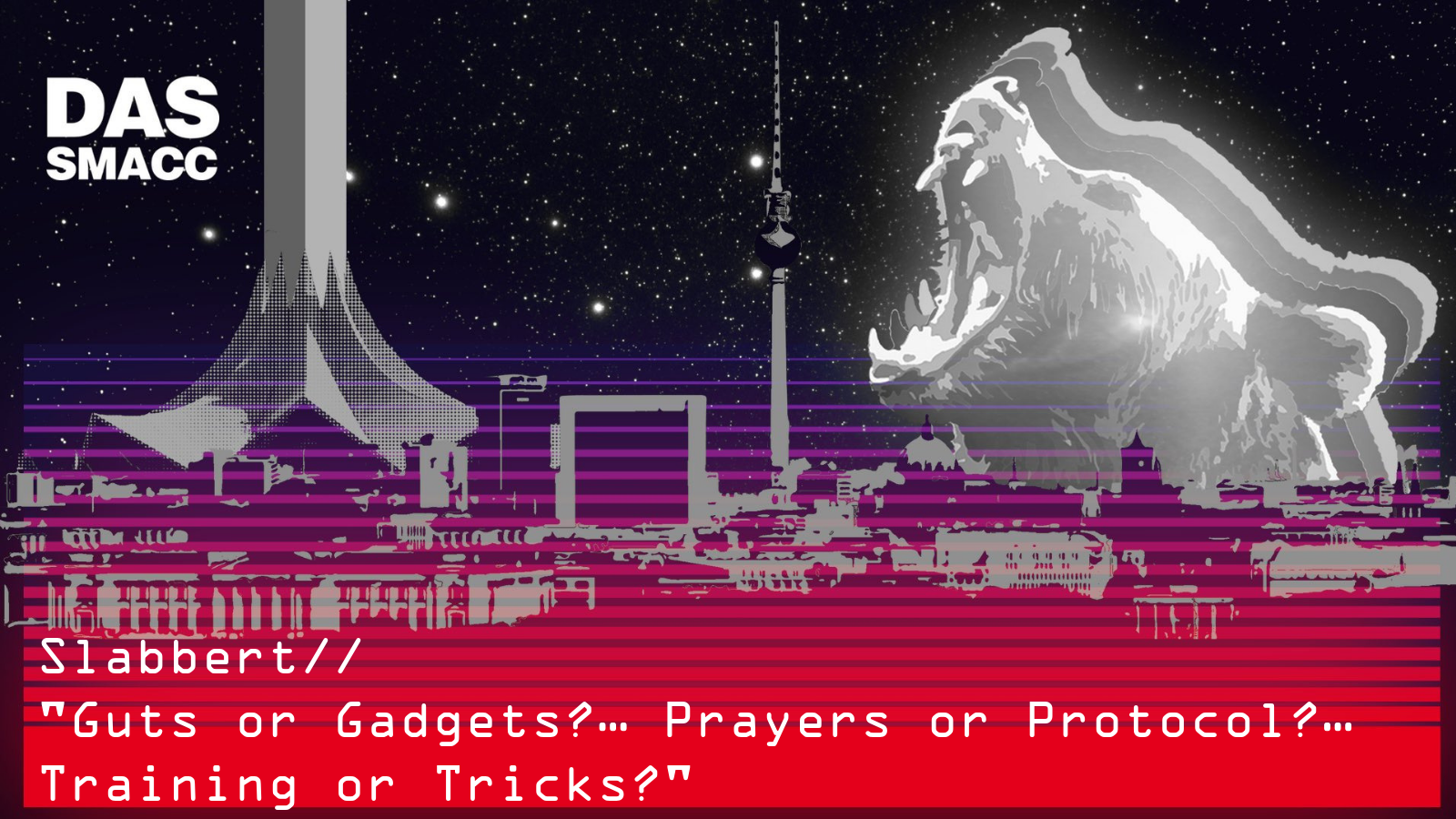Management of Status Epilepticus in Neuro Critical care
Brandon Foreman talk about the management of status epilepticus in neuro critical care.
What are seizures? Why is this important? Every year, one million people are admitted to hospital due to seizures.
1 in 10 people will have a seizure in their lifetime. It is common.
Status epilepticus is defined as those seizures which last for longer than 5 minutes or recurrent seizures without interval recovery back to baseline.
Practically speaking, if the person is seizing when you walk into the room or they remain comatose after they just seized, assume they are in status epilepticus.
A key point – the longer the seizure, the greater the mortality.
So early and effective management is critical. The first line of defence is benzodiazepines. Give it however you want, give it fast and give it in the correct dose.
Brendon stresses dosage is really important. This treatment is effective. One study showed 74% of status epilepticus patients had a resolution compared to only 29% without adequate treatment.
After 20 minutes, the patient is still seizing. Now what? The condition is now defined as established status epilepticus.
In this category there are a lot of choices. They are of course all intravenous drugs. They all have pros and cons so use what you have available and what you are comfortable with. Again, whatever you chose, use the right dose.
If after 40 minutes you are still not winning, move to the next step. At this point, the seizure may look like it is controlled due to electromechanical dissociation. However, this is commonly non-convulsive seizure activity.
It is important to start on the third line of defence… do not muck around with more benzodiazepines or second line agents. You now move to starting an anaesthetic and securing the airway. Use whatever is available and whatever you are most comfortable with.
By treating and controlling status epilepticus in under 60 minutes and you have a real chance of reducing mortality and morbidity in these patients.
For more like this, head to our podcast page. #CodaPodcast
Brandon Foreman
Brandon Foreman, MD FACNS is Assistant Professor of Neurology & Rehabilitation Medicine and Neurosurgery at the University of Cincinnati and serves as Associate Director for Neurocritical Care Research with the Division of Neurocritical Care. Dr. Foreman is a member of several multi-center collaboratives, including the Critical Care EEG Monitoring Research Consortium (CCEMRC) and the Co-Operative Spreading Brain Injury Depolarizations consortium (COSBID), and he has specific expertise in continuous EEG monitoring and in detecting seizures and spreading depolarizations after brain injury. He is a co-founder of the Collaborative for Research on Acute Brain Injuries (CRANI; @UC_CRANI), a translational neuroscience research community at the University of Cincinnati that links translational, clinical, and data scientists. Through CRANI, he works closely with the College of Engineering and Applied Sciences and the Center for Intelligent Maintenance Systems at the University of Cincinnati and with partners at the University of Arizona and Boston University to develop machine learning and network connectivity approaches to understanding brain injury physiology. Dr. Foreman’s research focuses on precision critical care, with a specific interest in the recording and interpretation of cortical physiology, pressure, flow, and synaptic signaling and how this can be integrated with clinical data at the bedside in order to guide care at the patient level.





